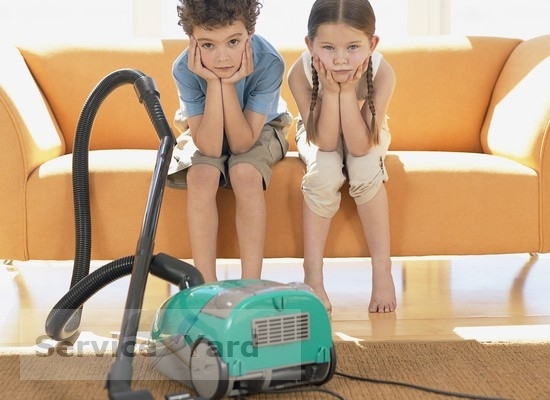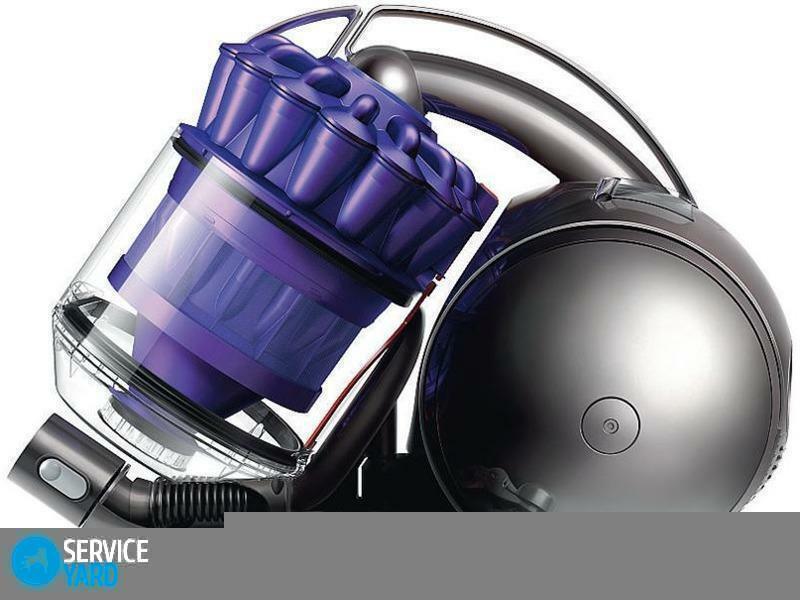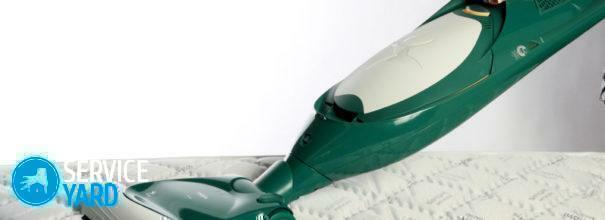
- Foam cleaner - how to wash the polymer?
- How easy and quick to wash the foam?
- Cleaner for mounting foam - not yet dried
- Cleaned foam cleaner - is there any way out?
- How do I clean clothes?
- Sealant cleaning agents
One of the commonly used materials in construction is a mounting foam. How effective it is in application is a difficult form of cleaning contaminated surfaces during its operation. Therefore, in this situation it is advisable to take care of the cleaning foam cleaner. It is necessary to find an effective tool that can solve this problem. Each wiping foam cleaner will be covered in this article.
to the contents ↑Foam cleaner - how to wash the polymer?
Working with the mounting foam, you need to be extremely careful:
- Before you start, you need to protect all floor and wall surfaces with film, paper, cardboard.
- It is desirable to remove the dirt immediately, because after a while it will be difficult to solve this "snag".
In such cases, instantly the sealant hardens and the chemical solvents come to the rescue, which must be taken care of in advance:
- It is advisable to thoroughly study the application of the selected cleaner, and you must also test it.
- For this, a small amount of the reagent needs to be splashed onto the contamination site and monitor the reaction.
Important! Thus, you can make sure the correctness of the chosen means, because incorrect use leads to the deterioration of the object. Unpleasant divorce, a dull color scheme - this is far from a complete list of the results of an inappropriate foam cleaner.
Cleaning the surface of the polymer from the created pollution, you need to be extremely careful, since there are solvents that can destroy the top layer of plastic. In this case, the cleaner is preferable to soak a small piece of cloth and slightly moisten the place of contamination. As a result of the reaction, the sealant from the dirty area will gradually dissolve.
to the contents ↑How easy and quick to wash the foam?
When carrying out repairs, it is worth remembering a few simple rules:
- It is necessary to put on working clothes, especially not to forget gloves of dense fabric or rubber.
- The work area, which is susceptible to possible contamination, covered with old newspapers, cardboard or pasted with paper tape. If the sealant has left its marks on his hands, clothes or on the floor, urgent measures must be taken.
- Do not use chemicals to wash hands - they can lead to severe burns.
- In case of fresh contamination, it is undesirable to smear fresh material all over the surface. Use a knife or spatula to gently cut off the top layer, and then use a cleaner from the mounting foam.
- Fresh sealant that has just appeared can not be washed with water, as it is part of the chemical reaction of polymerization of this sealant.
Important! Cleansing from the sealant as a result of repair work is the most problematic. The presence of a well-prepared cleaner from the mounting foam greatly simplifies the efforts associated with its cleaning.
How to proceed:
- The contaminated material area is immediately cleaned using iron and rubber blades.
- Starting to remove from extreme points to the central point, it is desirable to strive not to increase the contaminated fragment.
- Next, immediately complete the final cleaning of the newly appeared sealant.
- If time is lost and the polymerization process is completed, use a cutter. The upper dry area is cut off, and then the remaining contamination is removed with a foam cleaner.
Important! Often, manufacturers of sealant companies recommend a corresponding cleaning agent in the kit. Each commodity producer uses his chemical formulas when developing the proper product. And not every cleaner of the mounting foam will cope with the pollution of the various fittings:
- Most of the cleaning agents are effective only for the newly appeared pollution.
- Very quickly the reaction of crystallization of the sealant occurs - in this case it is already advisable to apply immeasurably potent solvents.
Cleaner for mounting foam - not yet dried
It is quite easy to remove the already hardened sealant with a plastic or rubber scraper. The process should be done carefully, without smearing the contaminated surface. After that, it is worth using dense fabric and special foam foam cleaners, which are widely used in the installation of doorways and windows.
Important! In the event of penetration of the sealant onto the parquet or linoleum, it is not at all necessary to rush. Within two hours, a polymerization reaction takes place, as a result of which the foam mass becomes a stretching rubber. After that, without problems, it is possible to separate the sealant from the parquet or linoleum, without causing harm to the floor itself.
Most often, the main purpose of the cleaner is to remove the mounting gun from the remaining foam. That is why manufacturers produce specially designed bottles with solvents.
Important! It is more convenient to clean the mounting gun in an open space or in a well-ventilated area. It is necessary to follow the mounting gun, so as not to stain everything around.
In order to clean the mounting gun, it is necessary:
- Remove the balloon with the preponderant.
- Squeeze the trigger, release the gun from the sealant residues.
- Connect the cylinder with solvent.
- Squeeze the trigger and release the jet from the gun.
- Repeat this procedure until the gun starts to release a clean liquid.
Important! In some cases, acetone can cope with the removal of a contaminated surface. It must be remembered that not for all plastic materials it fits. A strong solvent can decolorize the fittings and, thus, cause irreparable damage to the surface.
to the contents ↑Cleaned foam cleaner - is there any way out?
Most often, contaminated areas are seen only after the sealant has hardened, which significantly complicates the cleaning process.
Important! The most effective and inexpensive means for cleaning the cured sealant is dimethylformamide. It helps to get rid of the mounting foam in just 45 minutes.
The action of all foam foam cleaners is to soften the sealant, which helps to remove contamination from the problem area more easily.
Important! Do not forget that there is not always an opportunity to get rid of foam.
How to clean the surface of a hardened mounting foam:
- Cut large pieces of sealant with a sharp knife.
- Walk on contaminated sites with a solvent, while always applying the product solely to the foam.
- Wait 20 minutes, gently remove the foam with a little wet cloth or cloth.
Important! It is necessary to be very cautious in choosing a cleaner for dried foam because it can be doubly dangerous for the surface on which it is necessary to eliminate the stain.
to the contents ↑How to clean clothes?
When using mounting foam, it's worth to be very careful with clothes, since getting rid of dirt on the fabric surfaces is the hardest. Coping with this problem will have to do on their own, as a dry cleaner does not want to undertake cleaning clothes from building mixtures. Do not get upset and hurry to throw out the smeared thing, because there is still a chance to save her. There are several ways to get rid of contamination on the fabric surface.
Cleaning instruction
Depending on the situation, you need to choose different cleaning methods. If the foam has not yet had time to freeze, then first you need to collect it with a wooden stick, and then use a cleaner for not hardened foam.
How to proceed if the mortar is already frozen:
- Cut large pieces of sealant with a sharp knife.
- Go through contaminated sites with a cleaning foam cleaner.
- Wait 10 minutes before softening the foam and remove it with a brush. If not all areas are cleared, then the action should be repeated.
- Go through the cloth with a slightly damp cloth or rinse under a warm jet.
Important! Powerful solvents and products, which include acetone, should be used very carefully, because after use, the color of the fabric may deteriorate or stains remain, which can not be eliminated.
Cold
For thin fabrics, cleaning with low temperature is suitable. To do this:
- Place dirty clothes in a plastic bag.
- Remove the package into the freezer for a few minutes.
- Using a knife, clean the thing from the frozen sealant.
- Remove the remaining pieces using a nail polish remover without acetone or solvent.
Important! In a situation where nothing helps to remove pollution, creativity will come to the rescue. Here the main thing is to soberly estimate the size of the damage and come up with an original solution:
- The easiest way is to find the marker of the desired tone, and draw a spot.
- Also a solution to the problem is a convenient pocket on the spot contamination, or a common badge, which can be bought at any fabric store.
Sealant cleaning agents
Each concrete mixing plant offers special cleaning agents, because the sealant compositions of various companies have distinctive features. Of course, very often the funds of other firms can also help, but it is better to choose a cleaner in accordance with the manufacturer, so you do not have to suffer for a long time with the process of removing the foam.
Acetone
Acetone serves as a base for most solvents, so it can be used alone as a cleaner from the mounting foam. Do not forget that acetone is the most effective with a non-frozen sealant.
Important! In order to achieve the expected result, it is necessary to use the foam cleaner for several times. At the same time you need to constantly change rags, gradually reduce the concentration of the product. First of all, it refers to wooden, leather and fabric surfaces.
Special wipes
Today they produce special wipes for removal of the mounting foam, which help instantly to get rid of the contamination of hands. When using such substances it is important to be very careful.
Important! If you do not use special tools, your hands will be clean for 5 days. In this case, it is better to use brine while washing your hands, and to speed up the process, you can use pumice.
Popular professional cleaners
The most popular tools are:
- The well-known manufacturer TYTAN offers both a sealant and a foam cleaner. This solvent does not damage the plastic of the window openings. If it is necessary to remove polymer droplets, it will be enough to use napkins, moistened with a cleaner for this mortar.
- Solvent "Kosmofen" perfectly copes with the cleaning of foam. This substance can immediately wash not only plastic, but also glass.
- With the application of the "Macroflex" washer, a significant softening of the sealed sealant occurs. This process significantly simplifies the rubbing of the contaminated work area.
Now you know everything not only about the types of foam cleaning agents, but also about which ones and when to apply them. Prepare yourself with such funds in advance, and then even in case of unintentional contamination of clothes or decorative finishing of your home, there will be no problems with the restoration of its cleanliness.



